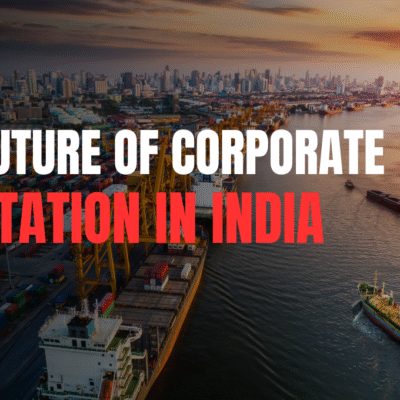Understanding Green Logistics
Green logistics, also known as eco-logistics or sustainable logistics, encompasses a range of initiatives aimed at reducing the environmental impact of logistical operations. From delivery and storage to packaging and transportation, these efforts focus on minimizing carbon emissions and promoting environmental sustainability.
The Shift Towards Sustainability
In recent years, the logistics sector has witnessed a significant transformation, with sustainability emerging as a key driver of change. Fueled by growing concerns about climate change and environmental degradation, organizations are increasingly recognizing the importance of adopting green practices to ensure long-term viability and profitability.
Strategies for Green Logistics
- Reducing Transportation Emissions: A primary objective of green logistics is to minimize carbon emissions associated with transportation. By embracing alternative fuels such as biodiesel and electric vehicles, businesses can reduce their environmental footprint while also cutting costs in the long run.
- Technological Advancements: Integration of technologies like Internet of Things (IoT) and artificial intelligence (AI) enables route optimization, leading to reduced emissions and fuel consumption. Real-time tracking and monitoring facilitate sustainability assessment and improvement.
- Warehouse Efficiency: Energy-efficient warehouse designs, renewable energy usage, recycling, and waste reduction efforts contribute to minimizing the environmental impact of storage and distribution facilities.
- Packaging Innovation: Utilizing environmentally friendly packaging materials and creative designs helps reduce waste and resource consumption during the packaging process.
- Supply Chain Collaboration: Collaboration among stakeholders along the supply chain is essential for driving significant sustainability improvements. Partnerships with suppliers, customers, and other entities can help achieve shared sustainability objectives.
Policy and Regulatory Support
Government policies and regulations play a crucial role in shaping the future of green logistics. Incentives for sustainable practices and enforcement of emissions standards incentivize businesses to adopt eco-friendly approaches. Legal mandates combined with sustainability goals can accelerate the transition to a more sustainable supply chain infrastructure.
Overcoming Challenges
Despite the momentum towards sustainability, the logistics industry faces obstacles such as funding constraints, technological adoption, and regulatory compliance. Overcoming these challenges requires investments in research, development, and infrastructure to transition to sustainable transportation technologies.
The Path Forward
Despite the hurdles, the logistics industry has the potential to lead the transition to a more sustainable future through collaboration, innovation, and regulatory support. By prioritizing environmental sustainability alongside efficiency and profitability, businesses can drive positive change and set an example for others to follow.
Read more: Marketing News, Advertising News, PR and Finance News, Digital News





